Imperium Review – Deck-Building An Empire | Osprey Games
June 8, 2021 by brennon
Imperium is the new card game from Osprey Games by Nigel Buckle and Dávid Turczi that puts you in the boots and/or sandals of one of the mightiest civilisations in history. You are then tasked with taking that civilisation from its barbarous roots through to the heights of empire, all through the use of deck-building mechanics.
Before we begin properly, it should be noted that I’ve played Imperium: Classics and even then, I’ve only tackled the Romans and the Celts. I did see the Persians, Carthaginians, Scythians and Macedonians in action but even this isn’t really scratching the surface of this game.
There are eight different civilisations to play through in the Classics box and a further eight as part of the partner game, Imperium: Legends. Both games play the same but feature unique decks for the various civilisations which are all entirely asymmetrical and offer up varying degrees of challenge for players.
To that end, whilst I can take you through the core rules of the game and tell you my thoughts, there is a lot more to Imperium and I don’t reckon I’ll know its full scope until I’ve managed to at least play with a good two-thirds of the combined boxes!
This does bring me to my first point about Imperium though and that’s simply how much game you get to play with...
A Wealth Of History
As you’ll have noted above, Imperium is a game that has a lot to offer. With sixteen civilisations to choose from, each with their own unique approach to playing and winning the game, there is always a new puzzle to solve. This is all the more heightened by the fact that, even though you may have played the Romans once, there are still nuances to their design which you’ll want to explore.
For example, when I was playing as the Romans I found that I was getting a lot of easy victory points through the acquisition of Fame cards but about three-quarters of the way through I realised that I could also claim regions pretty easily and I hadn’t even really touched my development deck. These are two entirely new ways to play the game that I can’t wait to go back to and explore in more detail. That’s saying something as the Vikings are also a faction in this game!
As well as there being a wealth of different civilisations to choose from in terms of the way they mechanically interact with the game, Imperium is also rich in its art and design. Buckle, Turczi and their artist Mihajlo Dimitrievski have managed to make each of the civilisations look interesting and really explored not just their more mainstream look but also elements of their culture that you might not be familiar with. I could easily spend a good hour or two just gushing over the artwork and absorbing each piece as it comes out of my draw pile!
I know it’s somewhat odd to start with the feeling that a game evokes in a review but I honestly think that Imperium might be one of the most satisfying games to look at and play that I’ve seen in the last few years. The aesthetic of a game is often what draws people in and I think Osprey has really hit the nail on the head here. I’d say this is something Osprey has been doing for a really long time too as pretty much all of their recent games have been a delight to look at as well as play.
But, the look of a game can only take you so far. A game has to be able to stand on its mechanics and so once we look past the beautiful artwork, does Imperium hold up?
A Puzzle Box
The short answer is yes. The long answer is one that will take a little bit of explaining. Mechanically, Imperium is sound and after one game you’ll basically have all the knowledge you’ll need to jump into a new civilisation every time you sit down to play.
When you begin the game you’ll take one of the pre-made decks for your civilisation and lay it out on the table in front of you. You’ll have a deck to draw from, a deck of Nation cards you’ll draw from as you shuffle your cards and then Developments that you can access once you’ve become an empire (in most cases).
From there you’ll take one of three actions when you begin your turn. You can Activate first of all. This allows you to take your action tokens and play cards from your hand onto the table in front of you. Most cards will have an effect on them that either stays in play or is done immediately before they become discarded.
Activate is the key action you’ll take ninety-nine per cent of the time. It allows you to thin out your deck (more on that later), access resources and more importantly, Acquire or Break Through for cards in the market.
Innovate is a bit of a last chance action in that it allows you to discard your entire hand to Break Through for a card. It’s not very efficient but sometimes things can stack against you. The last action is to Revolt where you empty your hand of Unrest cards.
Here is where we go back to the thinning out of your deck. You’ll be doing all of the Activate actions above in order to play cards from your hand, get their benefits and then cycle through so you can add cards from your Nation deck into your draw pile. Only by running through these can you then access the Developments later on and play more powerful Empire-only cards that appear in the market.
Unrest (as mentioned above) are “dead” cards in that they clog up your deck and count as negative victory points at the end of the game. So, you’re always waging a constant war between what you have in your deck, the need to play cards and the inevitable unrest that comes with taking cards from the general market.
You see, Acquiring a card always gives you the unrest underneath it (unless it's a region) whereas Breaking Through costs more resources but gives you the card without the associated Unrest. Yep, it all sounds rather complicated but trust me, you’ll get it after one or two turns.
That is the basics of the game and in actuality, the rules for Imperium only come on three or four pages of the manual. The intricacy, and where I think many people might fall down, is in the nuance to the rules, the very different outcomes that come from using different civilisations and the vast amount of symbology and keywords used throughout.
Don’t get me wrong, Imperium isn’t as hard as some games out there. The core mechanics are still relatively simple but it’s in understanding how all of those cogs work together that the game becomes a little bit of a headache. Put it this way. I read the rulebook and I had absolutely no clue how the game worked after doing so. It’s not particularly badly written, it’s just there is a lot to try and get your head around.
Imperium Tutorial & Playthrough // JonGetsGames
I would very, very, very much recommend watching the video above by JonGetsGames to understand how turns work and what you’re meant to be doing each go. Learning by seeing is very important when it comes to Imperium and it’s especially so when you’ve got to account for how what you do interacts with the game space and other players on occasion.
There are many, many exceptions to the rule across the different civilisations present in Imperium but nothing that totally blows apart all the core rules you’ve learned. Yes, you’ll have to work out how Carthaginians use one token over another, or how the Arthurians quest and seek a different game end condition to you, but the basic mechanics always fundamentally stay the same.
There are a few great things about Imperium that make it so all of the difficulty spikes are not traps you’ll never conquer. For one, each civilisation has been given a difficulty rating. Starting out for the first time? Play Romans, Macedonians or Persians. There is also absolutely nothing wrong with playing those factions over and over again as you’ll soon find different ways to approach those decks as I mentioned at the beginning!
You also have the fact that Imperium is baked in the philosophy of the Euro game. More often than not you can simply concentrate on playing YOUR game and working out YOUR puzzle. You don’t have to pay attention to every move your opponents make and any conflict in the game is quick, decisive and doesn’t massively dent any plans you might have. Sure, you will have to keep tabs on some civilisations (looking at you Celts) but for the most part, it's a puzzle you solve yourself whilst also nodding appreciatively at the unfolding plans of your opponents.
There is a lot more to Imperium mechanically but again, I don’t have the skill or words to explain it all! Trust me, just watch that JonGetsGames video!
A Lot Packed Into A Small Box
Imperium is great. I think that’s the best way to sum it up. I love games that delve into history but do away with the stuffy bean-counting that you often get with games of their ilk. Imperium keeps the complexity but moves it out of its core mechanics and places it within the asymmetry of each faction that you’re free to explore when you’re ready.
Nigel Buckle and Dávid Turczi have also done a great job of revitalising the deck-building genre. A lot of the trappings of past games are shoved to the side in place of a challenging yet intriguing game. I am also impressed by the measured approach to the game from the designers and Osprey. This could very easily have ballooned out into a game with boards, plastic tokens, player sheets and more. The team behind the game have instead condensed all that down and designed a beautiful box that doesn’t take up too much real estate. It’s also £30 or £20 if you find it from an independent stockist. For the price of a regular board game (£40) you can get Classics and Legends with sixteen factions to dive into, all with their own unique way of playing the game.
I also want to go back to the art. Mihajlo Dimitrievski has done a superb job across the various cards and brought each civilisation to life in fascinating ways. Not only that but he’s managed to do it whilst making sure that there is a fair representation of men and women throughout and not fallen back onto too many tropes in the process. On that note, I also liked the message from the creators at the start of the rules which goes into the choice of words and why certain philosophies were adopted throughout the game.
One complaint that I would have, and it’s more of a nitpick than anything, is that the tokens used for Population and Material could have been made a little simpler in design. Why is one Population represented by two people on a token? Just make it one figure and then use the same little aesthetic tweaks for five and ten as you did. It isn’t a massive thing when we first started but it wasn’t inherently obvious as new players what it meant. A tiny, tiny issue in an otherwise rather tight package. Oh, and once you’ve popped the tokens out and sleeved the cards...they don’t fit back into the plastic insert properly. Sorry, Osprey. Nice idea but the insert got instantly chucked by my pal.
Is Imperium going to be for everyone? No. It is complicated and it can be a bit of a struggle to get your head around at first. But, once you’ve cracked that shell, Imperium has a lot to offer. If you’re after an empire-building civilisation-style game that doesn’t take three hours to play then I reckon this new card game alternative could well be for you.
A true test of how good a game is to me is how often I think about it. I am already thinking about the different ways I could approach playing the factions I tested and what awaits amongst those other decks. I could certainly see Imperium becoming a classic in more than just name.
Have you had a go at Imperium Classics OR Legends yet?
"A game has to be able to stand on its mechanics and so once we look past the beautiful artwork, does Imperium hold up?"
Supported by (Turn Off)
Supported by (Turn Off)
"I am also impressed by the measured approach to the game from the designers and Osprey..."
Supported by (Turn Off)































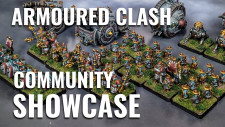









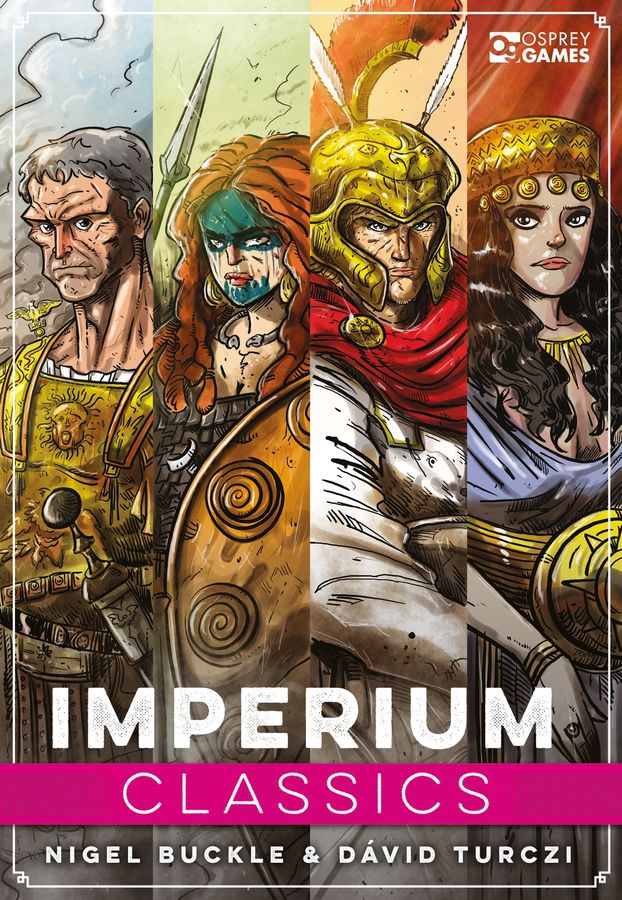
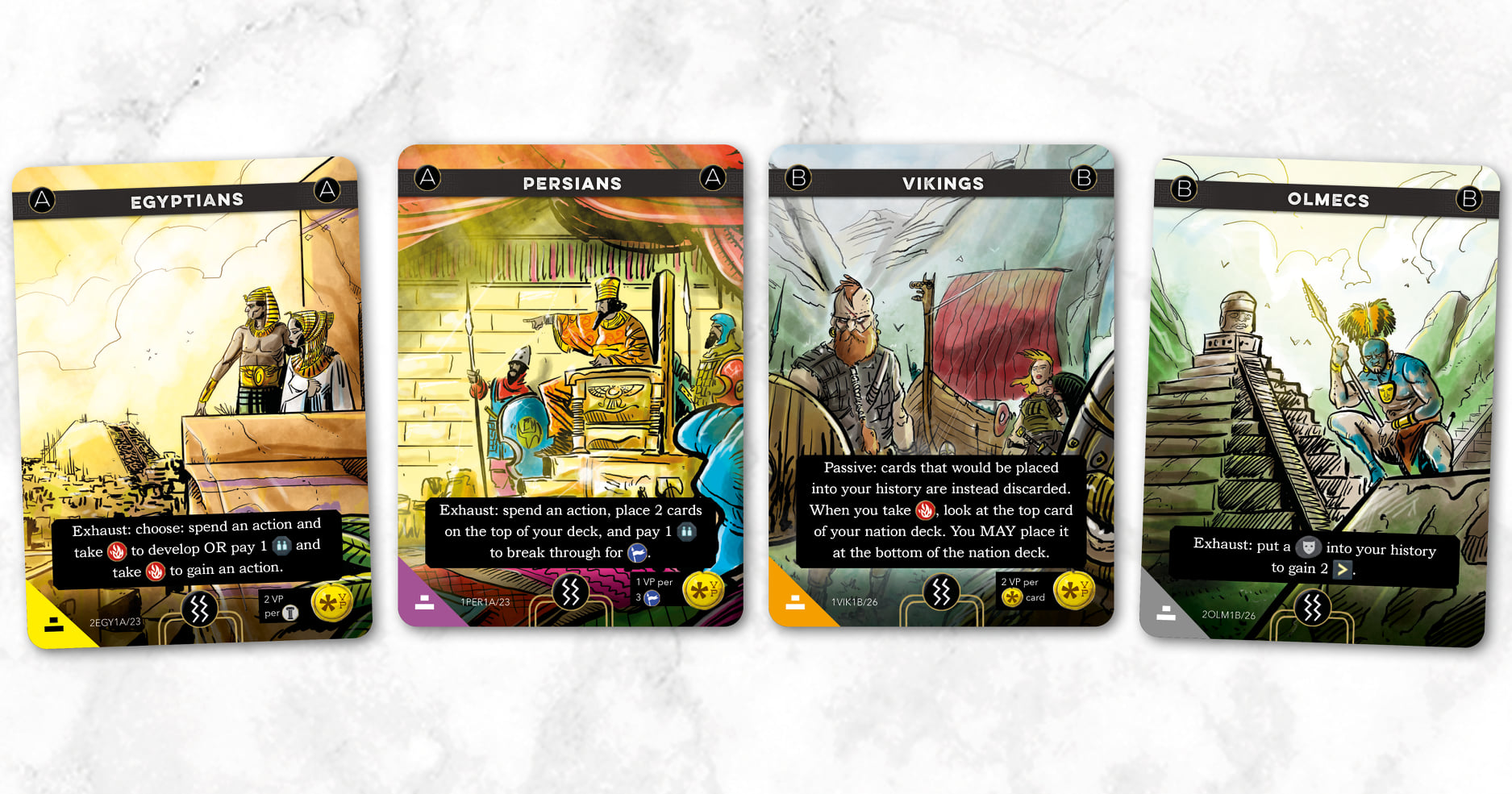
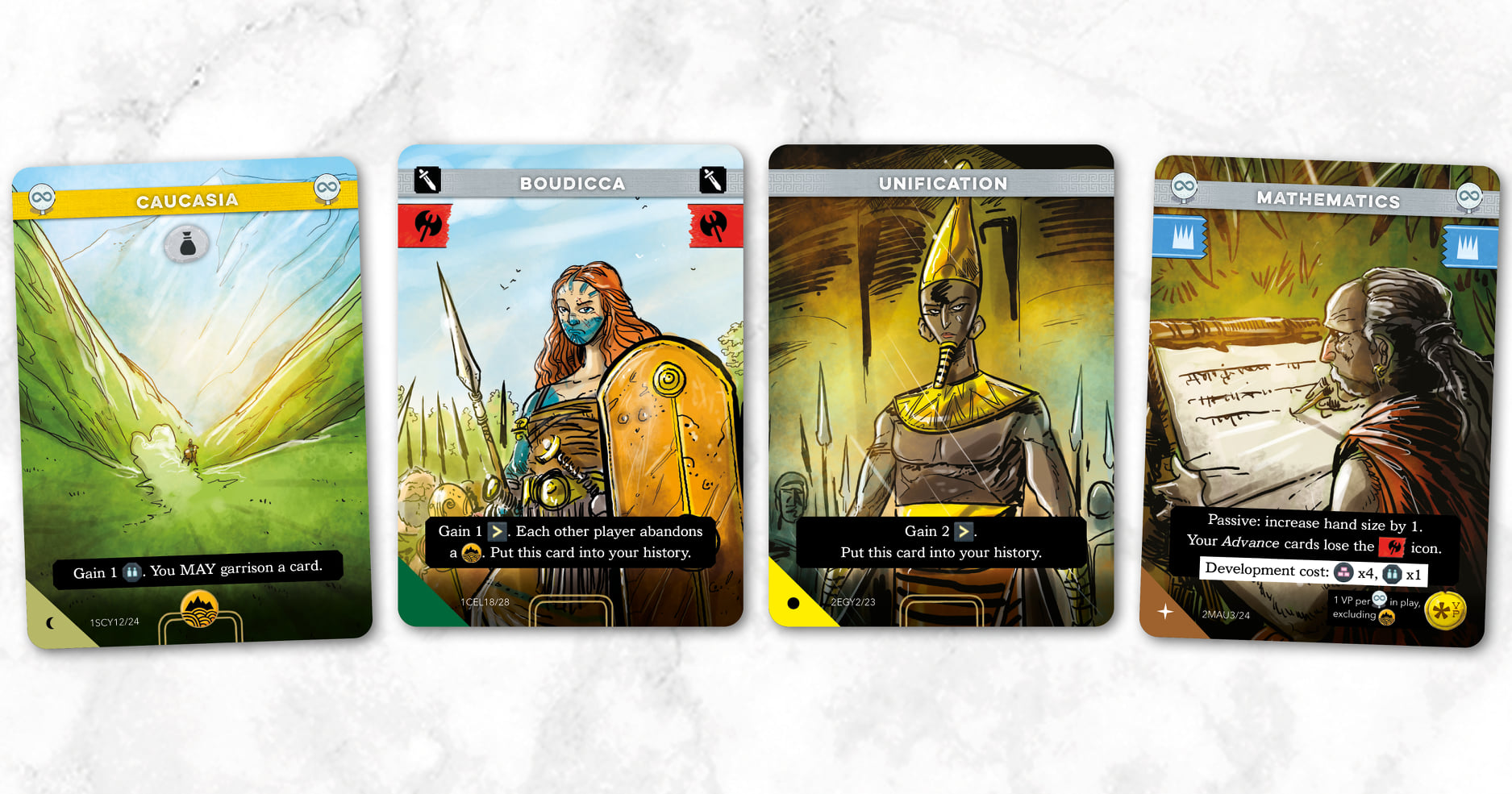
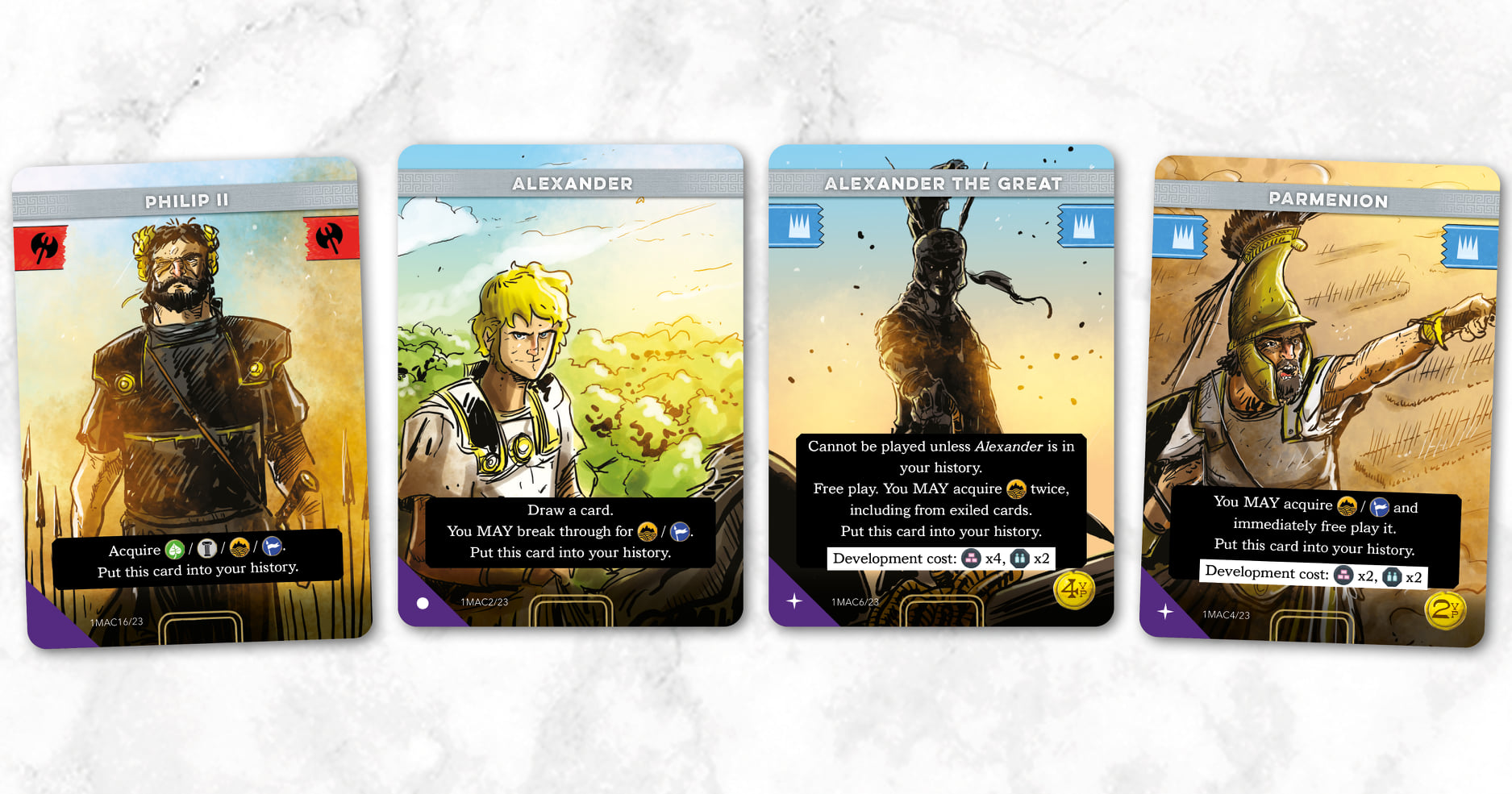
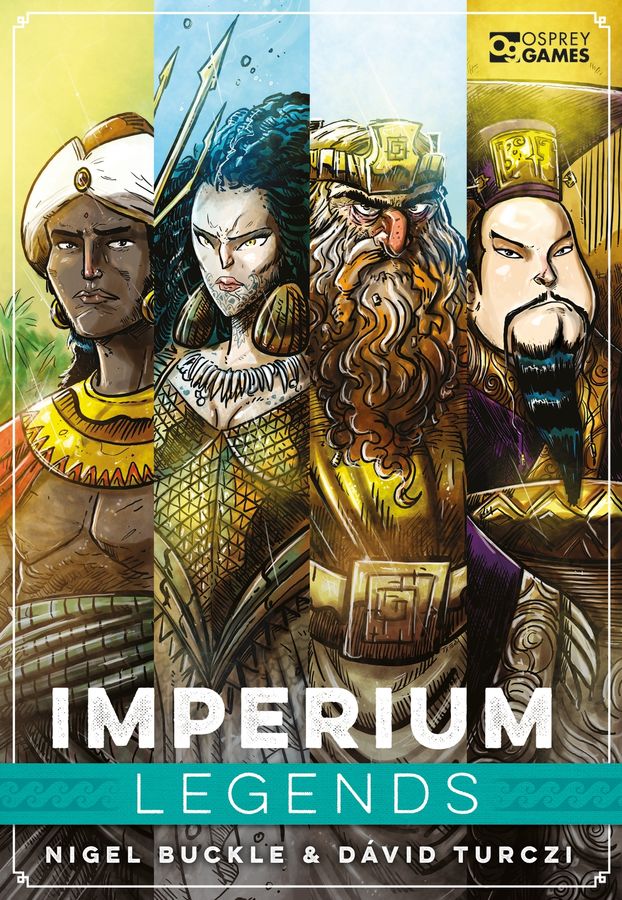
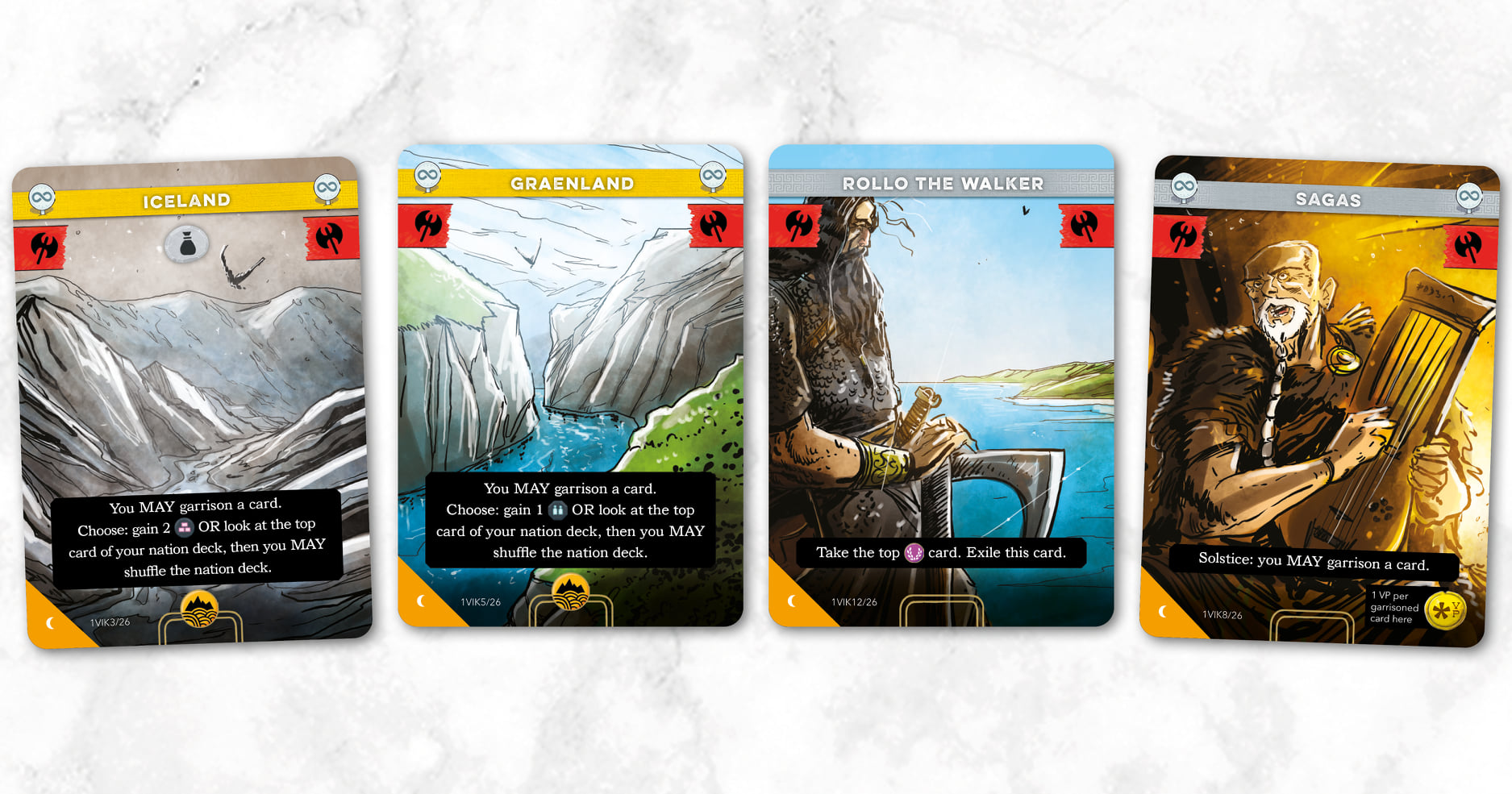


































looks an interesting twist to the total war type of game.
Closer to something like Civilisation than Total War I’d say but it does give you the feel of building and crafting an Empire which is neat.
Yes but it was the civil juggling to prevent revolts I remember Ben.